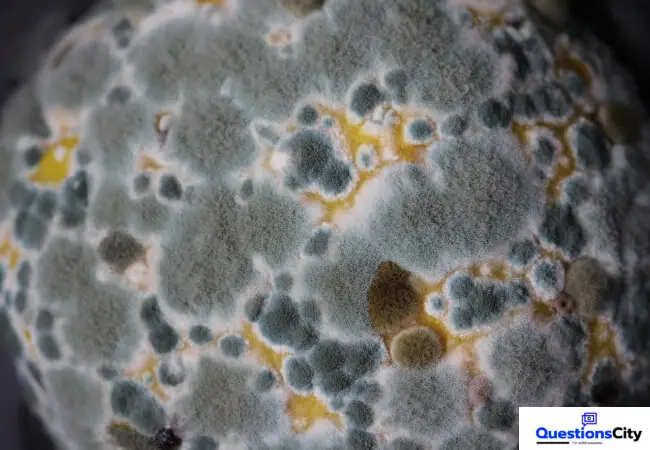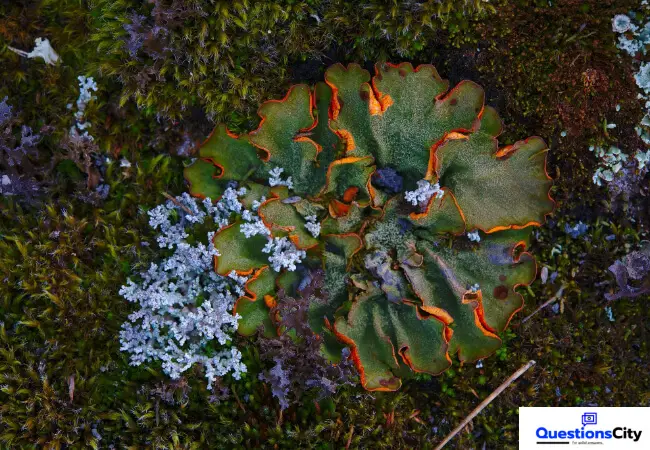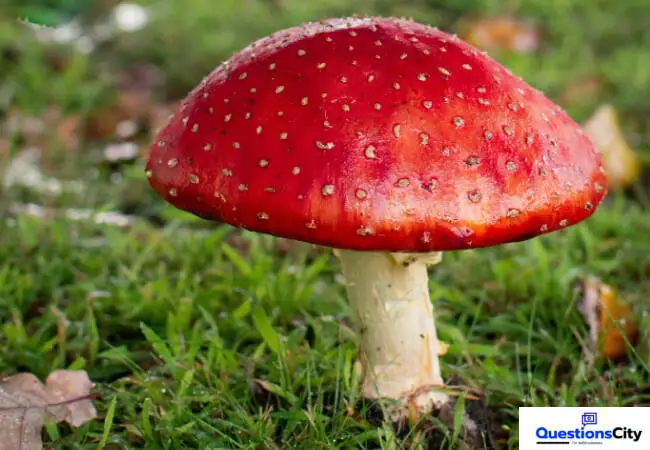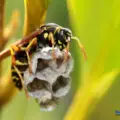Last Updated on August 3, 2021 by
How is it that if you leave a piece of damp bread around in the kitchen of your home, it will be covered with a furry,’ green coat in a few days? We say the bread has become “moldy”, which means mold is now growing on it. But where did the mold come from? The answer is ’that the spores of green and black mold exist in the air almost everywhere. The spores are the reproductive bodies of the mold. And if you provide them with a suitable place for obtaining food, they will settle and reproduce.

If you looked with a microscope at the web-like threads of the mold, you would see that it is made up of many long, colorless threads with two kinds of branches. One branch is topped by little black balls that contain the spores.
The other kind, which is shorter and which penetrates into the bread, serves as an absorber of food, like roots. All moulds and mildews have them and they are both types of fungi; simple, dependent plants.
The most common molds that people know are the black and green molds, named after the color of their spores. And since these spores are floating about in the air all around us, when food, fruit, preserves, or even leather are left about in warm, moist places, the spores quickly “attack” and begin to grow.
The green mold that grows on bread is called penicillium glaucum. There is a mold very much like it which grows in soil, called penicillins notatum, from which we get penicillin!
What Is Mould Used For?
Enzymes – Molds are used industrially to produce enzymes that are used in the production of other products. For example, mold can be used to make the enzyme rennet that curds milk for cheese production.
What causes mould in houses?
Mold tends to be a common problem in homes across the world. However, it is important to understand what can cause mold and how to avoid it. Mold is a type of fungus that is found in damp areas such as the basement of a house, a shower stall, an unused sauna, or a car parked in the sun. It can also grow in moist areas such as basements or bathrooms. Molds and fungus are found all over the world and can irritate people’s eyes, noses, and throats.
Can you live in a house with mold?
Having a house with visible mold in it can be very distracting. The smell is awful, and the damage it can do to your home can make you feel very uncomfortable. While it’s true that there are many dangerous toxins in mold, it’s also true that in many situations, the mold itself can be dealt with without having to resort to harsh chemical treatments. So the simple answer is no you can’t live in a house with mold.
How do you know if mold is making you sick?
These are the symptoms you should be aware of headache, sore throat, runny nose, coughing, sneezing, watery eyes, and fatigue.






